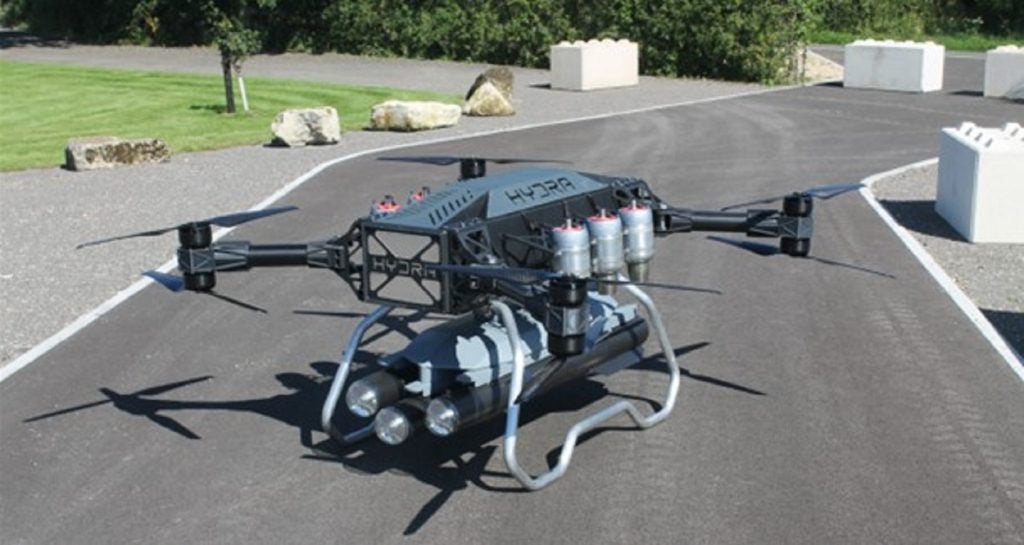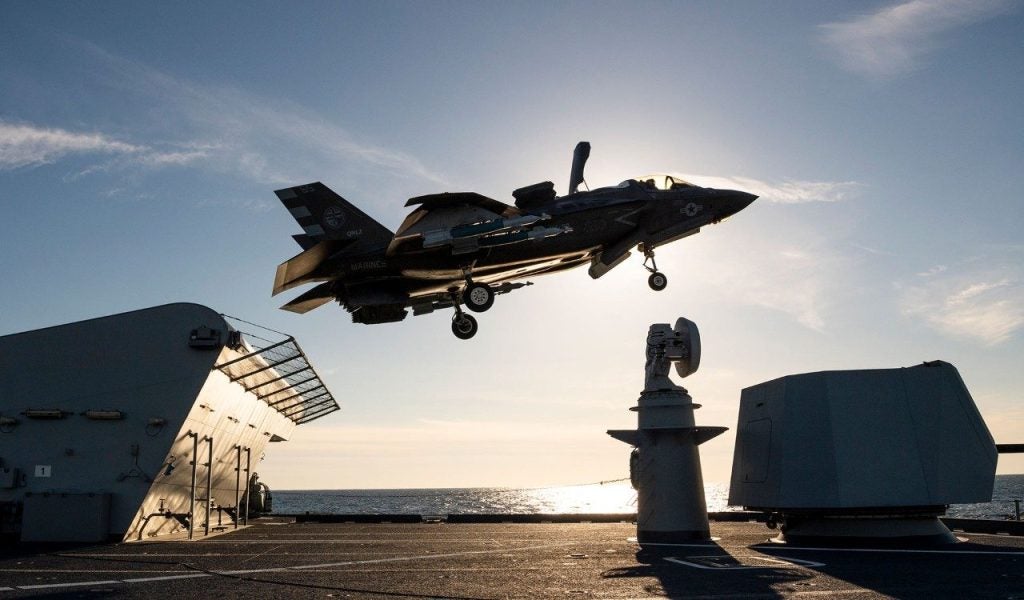At the Defence Security and Equipment International (DSEI) 2023 exhibition at London’s ExCel centre last week, the British Army displayed the Hydra 400 unmanned aerial system (UAS).
Operators power Hydra 400 with hybrid propulsion – rotors and single spool jet turbines – producing 50kg of thrust providing a maximum lift of 400kg. It is compact, portable and operators can readily assemble the system within six minutes.
However, the UAS has another major selling point: it has the capacity to carry and fire three laser-guided Brimstone missiles, manufactured by the UK Ministry of Defence’s strategic partner for complex weapon systems, Stevenage-based MBDA.
Thought to have a range of around 25km, the Brimstone missile is capable of striking a range of target types, according to the original equipment manufacturer, including fast moving vehicles, tanks, bunkers, as well as anti-ship warfare in the maritime domain.
Brimstone also features an IM-compliant rocket motor and multi-effect, tandem-shaped charge warhead with an impact, delayed or proximity fuse capability. MBDA's missile weighs 50kg and measures 1.8m long. A millimetric wave radar and semi-active laser system guides the missile to its target.
The British Army’s Land Operating Concept
In an exclusive with Army Technology, ahead of DSEI 2023, the British Army’s Assistant Chief of the General Staff, Major General Charlie Collins, explained that “integration is at the heart of the Army’s new Land Operating Concept.
“It defines the Army’s role in winning the land battle on behalf of the joint force, delivering as a net contributor of capability able to support all domains – both on and from the land.”
When it comes to Hydra 400, General Sir Patrick Sanders, Chief of the General Staff, added that “We are responding to the operating environment that we see in Ukraine. For example, I am struck by the fact that in the evolving Ukraine drone campaign, 40% of losses are attributed to pilot error.
“When the electro-magnetic spectrum is so heavily contested, automation fails, and the skill of the pilot predominates. We need ‘war fighters’ – whether they are cyber specialist, drone pilots or infantry soldiers – to be stronger, faster, more intelligent and more resilient.
“By the end of this year, we will form a new UAS Group within a re-orientated Joint Aviation Command, providing a focal point for industry, around which we intend to develop the next generation of UAS platforms in ever closer partnership.”
Additional comments on Brimstone provided by Richard Thomas, while exclusive interview with Maj. Gen. Charlie Collins conducted by Harry McNeil.











